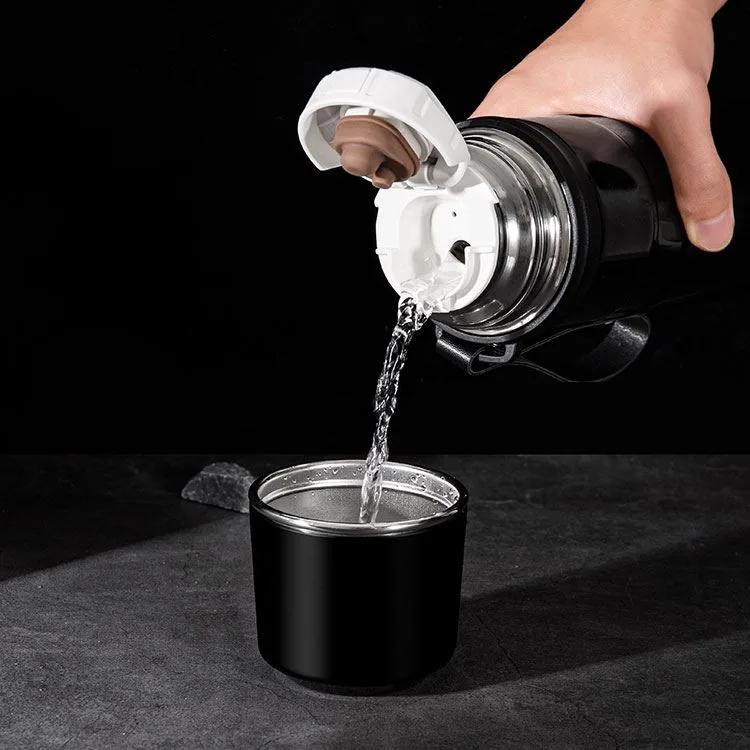When was the vacuum flask invented and made?
Archaeologists once found a double-layer container in the ruins of Pompeii in ancient Rome. This container may be the predecessor of the vacuum flask.
But the world’s first real vacuum flask is actually called “Dewar”.
In 1643, the Italians created the mercury barometer and put forward the famous vacuum theory.
This theory is actually of great significance to the emergence of vacuum flask, but in the next two and a half centuries, no real vacuum flask was invented.
In 1879, the German physicist Vine, in order to store the liquefied gas in the laboratory, heeded the suggestion of Professor Hollid and made a container with two layers of thin glass with a vacuum in the middle.
In 1881 he wrote the thesis “Vain Holrid Bottle”.
In 1890, the British chemist Dunmus Giuard improved the Wainhoridd bottle by coating a layer of silver on the wall of the bottle, which can reduce heat radiation and slow the loss of heat through the glass. So the Joal bottle was born.
The inventor of our modern vacuum flask is called Sir James Dewar, a scientist in the United Kingdom, who mainly studies extremely low temperature liquids.
In 1892, Dewar was invited to the British Institute of Science to take the “Liquefied Gas” course. In order to make the teaching better, before going, he asked a glassmaker named Berger to make a double-layer glass container for him, and coat the two walls with mercury to greatly reduce the heat transfer. Then he evacuated the air between the two layers again, and the vacuum flask appeared. This airless bottle is the earliest vacuum flask in the world. This vacuum flask is called “Dewar flask”.
Today, the early Dewar vacuum products are still preserved in the London Institute in the United Kingdom. At that time, Dewar did not pay much attention to the invention of the vacuum bottle, but attached great importance to the theory of extracting air and applied for a patent for this theory.
By 1902, the German Berger saw the vast potential market for vacuum flask, so he began to sell vacuum flask. Two years later, he won the patent for the vacuum flask in his own name. He found that the glass bottle liner was easily broken, so he made a shell of nickel to protect the bottle liner. At first, vacuum flask flasks were mainly used in laboratories, hospitals and expeditions, and then gradually entered daily life.
In 1904, Burg, a worker who blows glassware in Berlin, made a research and added a thermal jacket to the Giuar bottle, so that there are containers on the market that can store hot coffee or black tea. Since then, all kinds of vacuum flasks have come out one after another. People find that the thermal insulation effect of the vacuum flask stopper is the worst part of the bottle. Later, people replaced the cork with expanded rubber and plastic plugs to enhance the thermal insulation effect.


